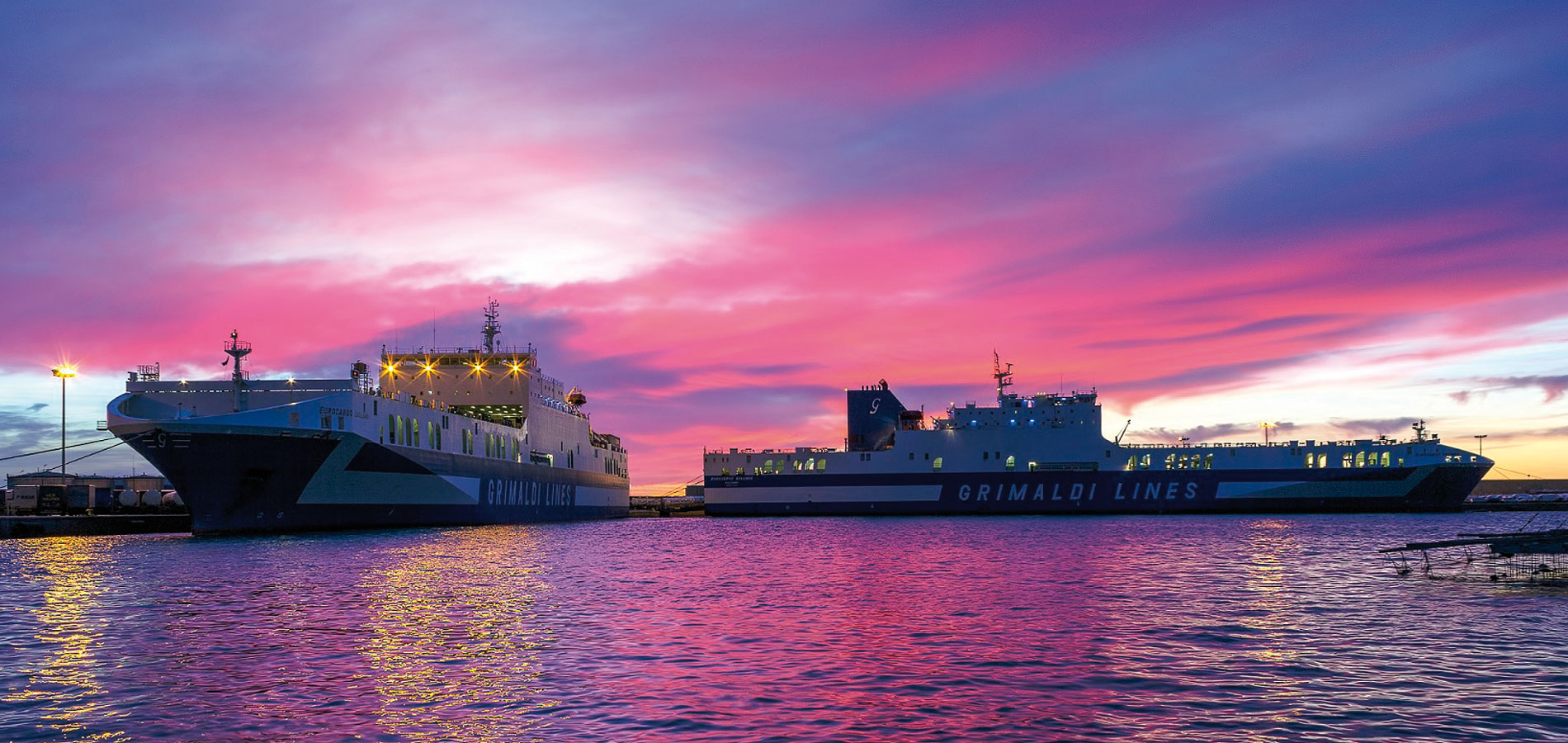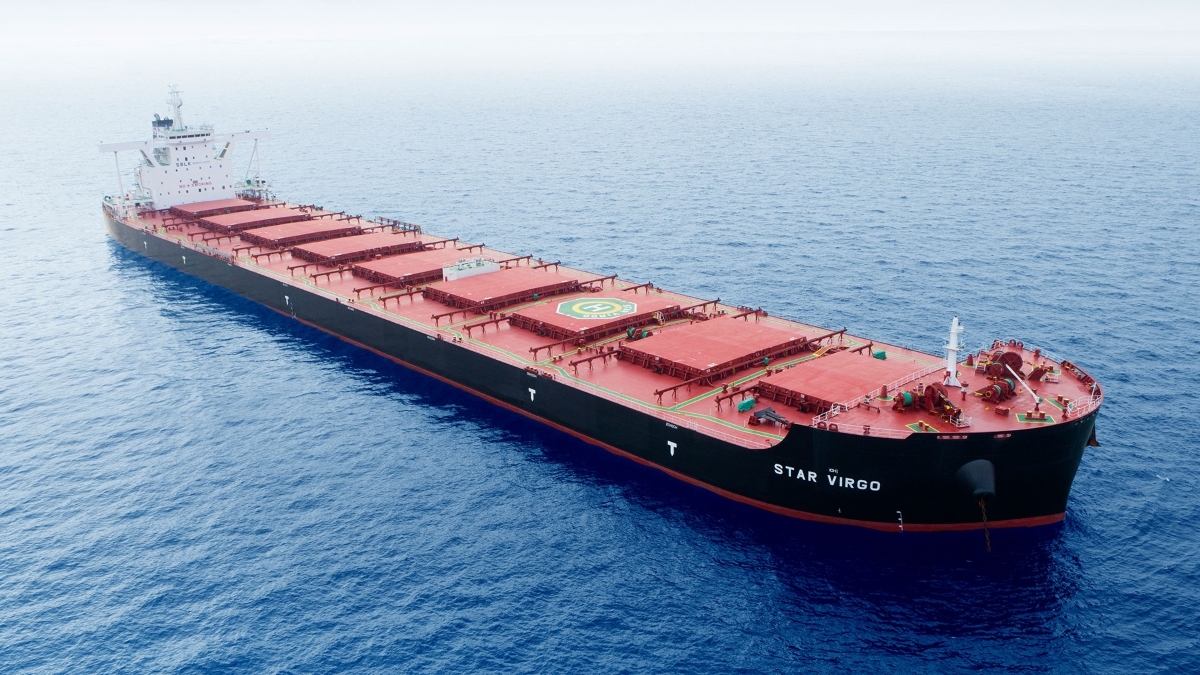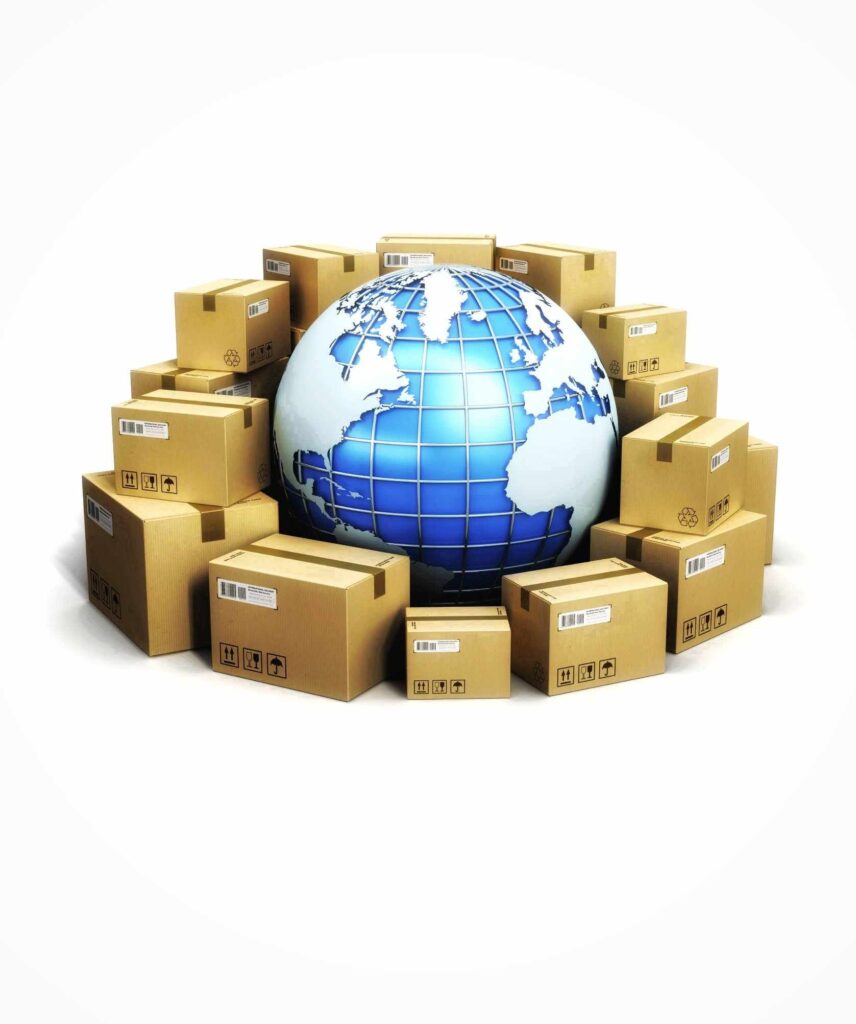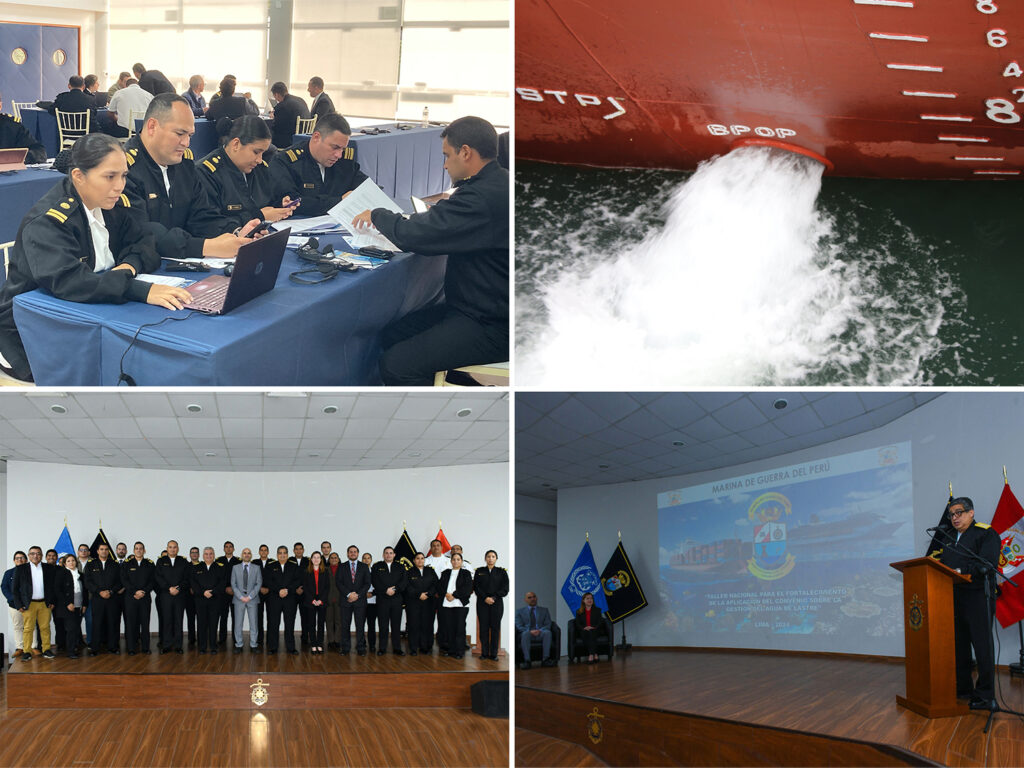Paglia (banchero costa) analyses the uncertainty factors and risks for sea transport with duties while Confitarma has published a study on the possible impacts for Italian shipping
Over 17% of the Italian fleet is built in China,
Genoa – After the US ‘Liberation Day’ and the introduction of duties announced by the Trump administration, uncertainties reign over global trade and maritime transport fears a drop in freight rates and economic returns.
The Confitarma Study
The Confitarma Study Center has published a study on the “Possible impacts of US duties on the Italian shipping industry” in response to the recent conclusions of the investigation by the Office of the United States Trade Representative (USTR) on Chinese trade policies.
Orders from Chinese shipyards
The report analyzes the measures hypothesized by the USTR, which include duties of up to 1.5 million dollars for each stop in the United States of ships built in China or managed by operators with orders from Chinese shipyards.

Port extra costs
The impact simulations estimate potential port extra costs of up to 52 billion dollars for shipping, with direct repercussions on the competitiveness of the European maritime and manufacturing industry.
Related :Trump’sTariffs: The Trade War and the Impact on Made in Italy
400-600 dollars per TEU
For a 10,000 TEU container ship the extra cost could be 400-600 dollars per TEU, for a dry bulk carrier of the capesize class we would instead be talking about higher costs of 8-12 dollars per tonne, while a product tanker would have a higher cost incidence of between 26 and 39 dollars per tonne transporte
Confitarma recalls that the USA is a strategic commercial partner of Italy (the first recipient of exports from our country outside the EU) with over 63 billion euros, of which over 60% travels by sea, and second after China for national imports with almost 26 billion euros, of which 45% travels by sea. In tons of transported goods, almost 100% of imports and 98.2% of Italian exports to and from the USA travel by sea.
A game changer for the global economy
The analysis by the Italian Shipowners’ Confederation highlights that over 17% of the Italian fleet is built in China, a figure that rises to 84% considering only the new constructions currently ordered by the Italian shipping industry and scheduled for delivery by 2028. The types of vessels potentially most exposed are dry cargo ships, followed by ferries, chemical tankers and oil tankers.
According to Enrico Paglia, research manager at banchero costa & C. and professor at the University of Genoa, what Trump announced “could be a game changer for the global economy and therefore also for maritime traffic”.
Enormous taxes
A first important unknown is the second Trump presidency of the United States. “The Freight fees introduced are enormous taxes but they should not have a strong direct impact on the demand for dry and liquid bulk carriers, since the US is mainly an exporter of raw materials and only to a minimal extent an importer, especially of cement and steel.

Related :(Confitarma) responds to Trump on US Tariffs on Chinese ships
South East Asia
If anything, container ships will be more penalizing”. According to Paglia, what should be worrying is “the strong impact expected on the emerging economies of South East Asia, countries that have been the engine of development up to now. These measures risk representing ‘The nail in the coffin’ on the globalization process”.
Conflict in Ukraine
Another factor to carefully consider will be the evolution of the conflict in Ukraine: what will happen to oil trade and its transport by sea when peace is found? “If international sanctions were removed, there would be a drop in the ton-mile index” and therefore downward pressure on the freight rates of tankers and oil tankers
Shadow fleet
But the future fate of the so-called shadow fleet that currently transports Russian oil, circumventing international sanctions, will also have an impact. “Will these ships return to the market or will they be scrapped? These are ships that have contravened international regulations and, given their advanced age, should be sent for scrapping,” Paglia recalls. However, it is not certain that this will happen.
Penalize Chinese ship operators
Another source of uncertainty is the plan announced by the United States to financially penalize Chinese ship operators and tonnage built in China. “If this measure were to actually come into force, it would be an own goal for the United States because it would penalize American exports economically. Today, however, shipowners who want to buy or sell ships are waiting to understand what will happen because this factor could affect the value of sales of the hulls”.

Related :Xeneta : Trump tariffs – top tips on freight tender strategies
The dry bulk carriers
Of the dry bulk carriers currently active on the market, a quarter were built in China and seven out of ten of those under construction were ordered from yards in the People’s Republic. In the container ship segment, seven out of ten are under construction in China. The only sector where the Dragon has a market share limited to one third for new units under construction are tankers where South Korea instead holds the record.
Reconstruction of the Gaza Strip
Another factor to decipher will be the one related to the clearing of the rubble and the reconstruction of the Gaza Strip, which could translate into a high demand for steel, cement and therefore iron ore to be transported by sea.
Red Sea and Suez Canal
“Furthermore, the reconstruction of Gaza would mean a return to the possibility of safely transiting the Red Sea, something that still does not happen today,” underlined the research manager of banchero costa, highlighting how naval transits in the Suez Canal have gone from 75 to 35 every day with the Houthi attacks, while the tons of goods transited have dropped from 3.9 to 1.5 million tons every day because those who deviate their route by circumnavigating Africa are mainly large container ships
“In uncertainty, the market tends to remain stationary and this immobility in investments is also contributed to by the new environmental regulations.
Technological uncertainty affects new ships that, ordered today, would enter service in the next few years with a useful life until 2050,” concluded Paglia. He finally said he expected a slowdown in the trend relating to new shipbuilding, noting that the prices of newbuildings are starting to fall but still remain at historically very high levels.




